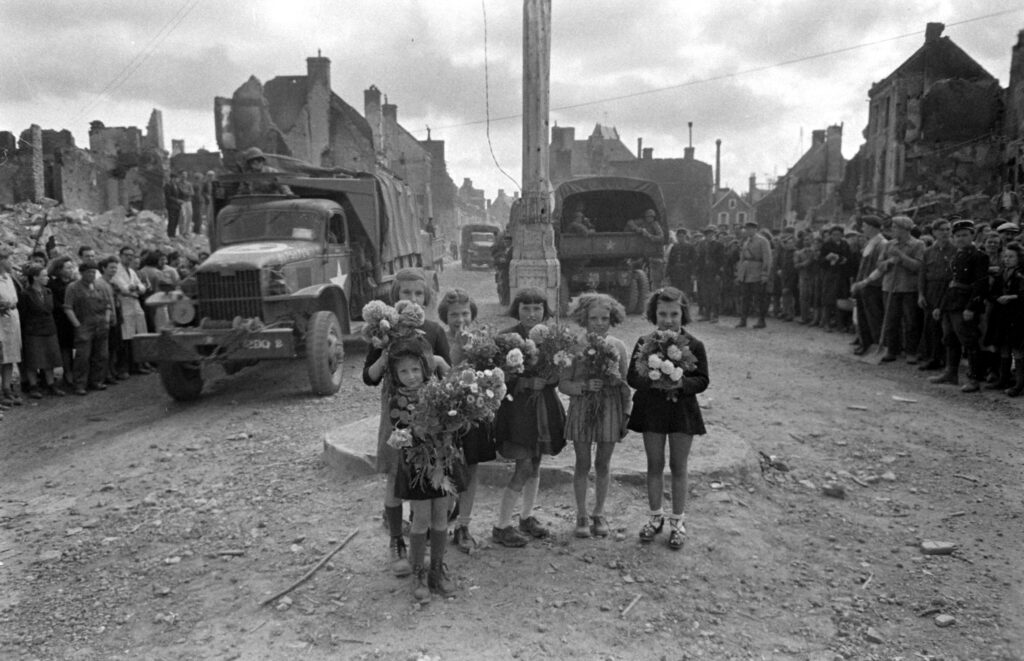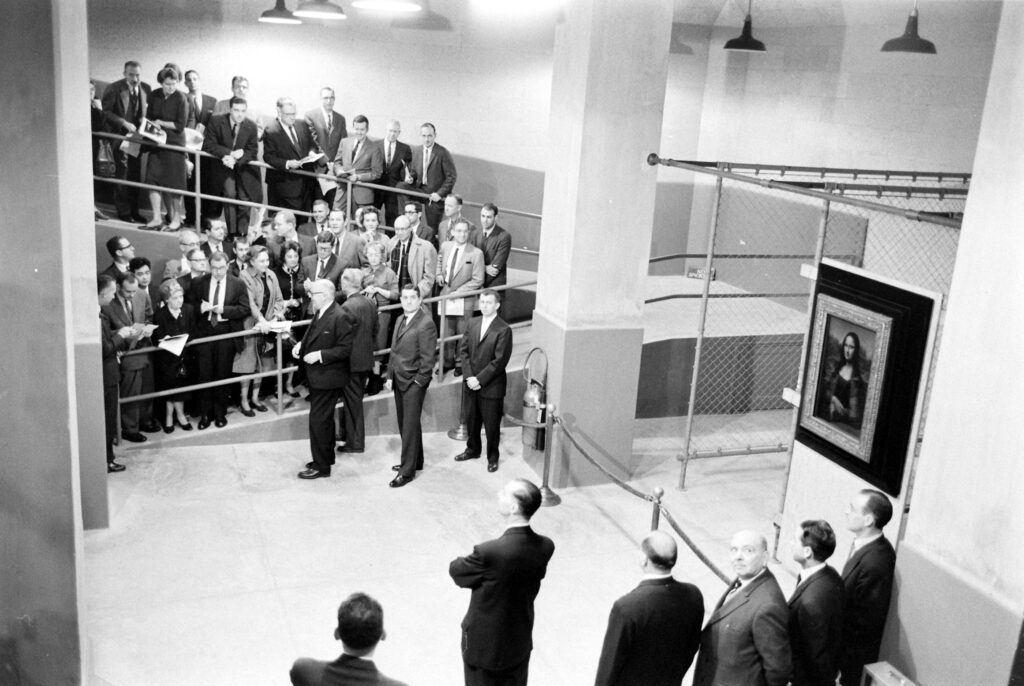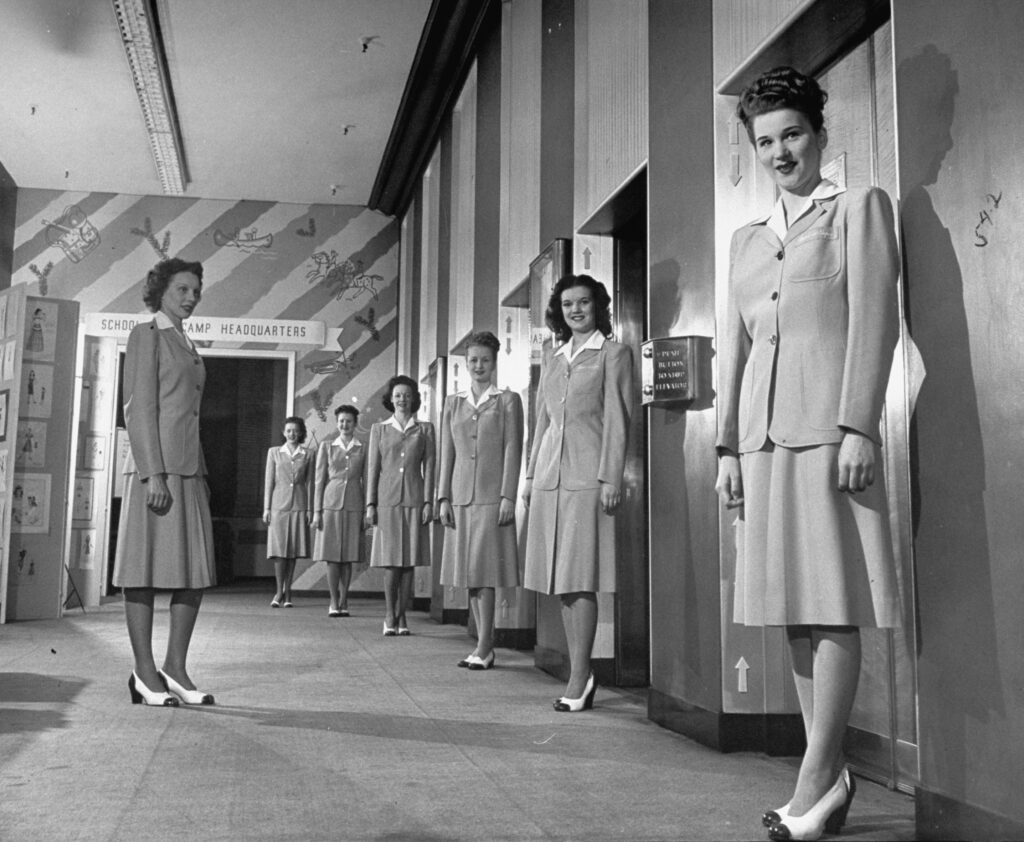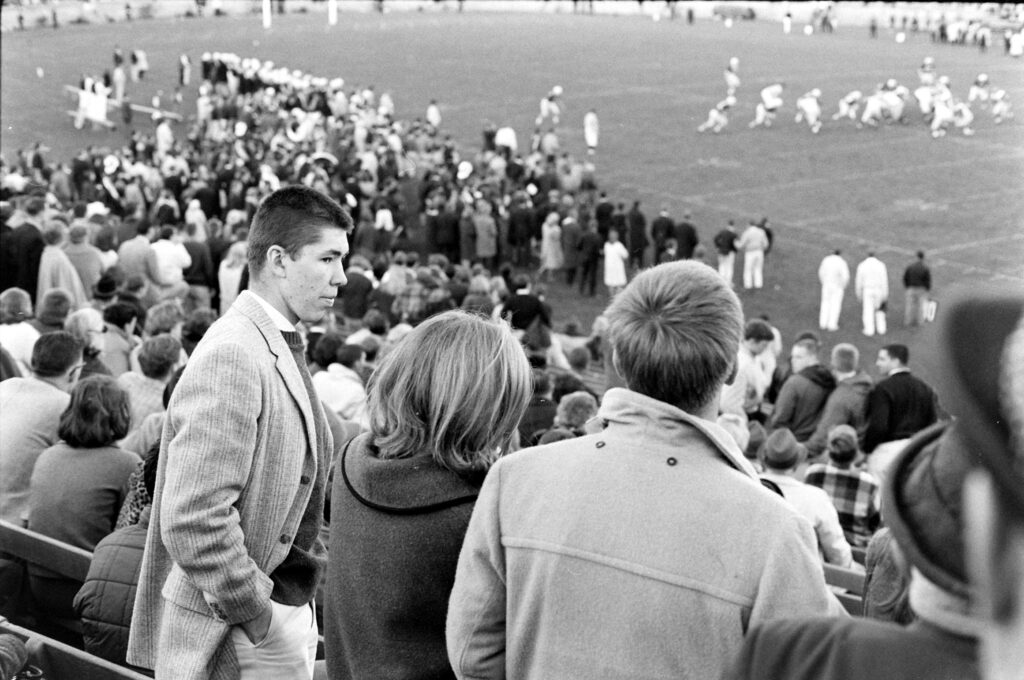Written By: Ben Cosgrove
In a digital age, so much of what we see, hear and act upon is comprised wholly of incorporeal ones and zeroes. But the film on which LIFE photographers completed their assignments was a physical thing and thus, like all other tangible objects, subject to damage, corrosion, decay and dissolution.
Consider the images in this gallery photographs made by LIFE’s Thomas D. McAvoy in Stalingrad in 1947. Strong, accurate representations of a city struggling to rebuild and to regain some sense of normality after suffering unspeakable destruction during the Second World War, the images are, in fact, far removed from the film that McAvoy must have pulled from his camera after shooting the roll (or rather, the photos from many rolls) depicted here.
But it is the damage to the images the spots created, perhaps, by mold eating away at the film’s emulsion that not only gives many of these pictures an eerie, discordant beauty, but provides yet another way to consider the nexus of the real and what we might call the seemingly real.
We came across these images while we were looking for pictures of the cataclysmic and pivotal Battle of Stalingrad. As we looked through mold-pocked image after mold-pocked image, we gradually hit on the notion of a gallery devoted to pictures that might otherwise never again see the light of day precisely because they’re so glaringly imperfect.
But the scenes that McAvoy captured, after all, did happen. Stalingrad was reduced to rubble. Years after war’s end, the only things one could find in abundance there were hunger, cold and a rough pride in their Pyrrhic victory over the Reich. And then, by some accident or mischance or plain old human ineptitude, McAvoy’s physical, photographic record of Stalingrad in 1947 suffered damage itself. The images were, in turn, transformed into near-abstract, ghostly works, within which one can still see remnants of the robust photojournalism that McAvoy consciously, intentionally created.

Postwar Stalingrad, 1947.
Thomas D. McAvoy Time & Life Pictures/Shutterstock

Postwar Stalingrad, 1947.
Thomas D. McAvoy Time & Life Pictures/Shutterstock

Postwar Stalingrad, 1947.
Thomas D. McAvoy Time & Life Pictures/Shutterstock

Postwar Stalingrad, 1947.
Thomas D. McAvoy Time & Life Pictures/Shutterstock

Postwar Stalingrad, 1947.
Thomas D. McAvoy Time & Life Pictures/Shutterstock

Postwar Stalingrad, 1947.
Thomas D. McAvoy Time & Life Pictures/Shutterstock

Postwar Stalingrad, 1947.
Thomas D. McAvoy Time & Life Pictures/Shutterstock

Postwar Stalingrad, 1947.
Thomas D. McAvoy Time & Life Pictures/Shutterstock

Postwar Stalingrad, 1947. The white dots are a result of the film’s unintentional degradation.
Thomas D. McAvoy Time & Life Pictures/Shutterstock

Postwar Stalingrad, 1947.
Thomas D. McAvoy Time & Life Pictures/Shutterstock

Postwar Stalingrad, 1947.
Thomas D. McAvoy Time & Life Pictures/Shutterstock

Postwar Stalingrad, 1947.
Thomas D. McAvoy Time & Life Pictures/Shutterstock

Postwar Stalingrad, 1947.
Thomas D. McAvoy Time & Life Pictures/Shutterstock

Postwar Stalingrad, 1947.
Thomas D. McAvoy Time & Life Pictures/Shutterstock

Postwar Stalingrad, 1947.
Thomas D. McAvoy Time & Life Pictures/Shutterstock

Postwar Stalingrad, 1947.
Thomas D. McAvoy Time & Life Pictures/Shutterstock

Postwar Stalingrad, 1947.
Thomas D. McAvoy Time & Life Pictures/Shutterstock

Postwar Stalingrad, 1947.
Thomas D. McAvoy Time & Life Pictures/Shutterstock


























